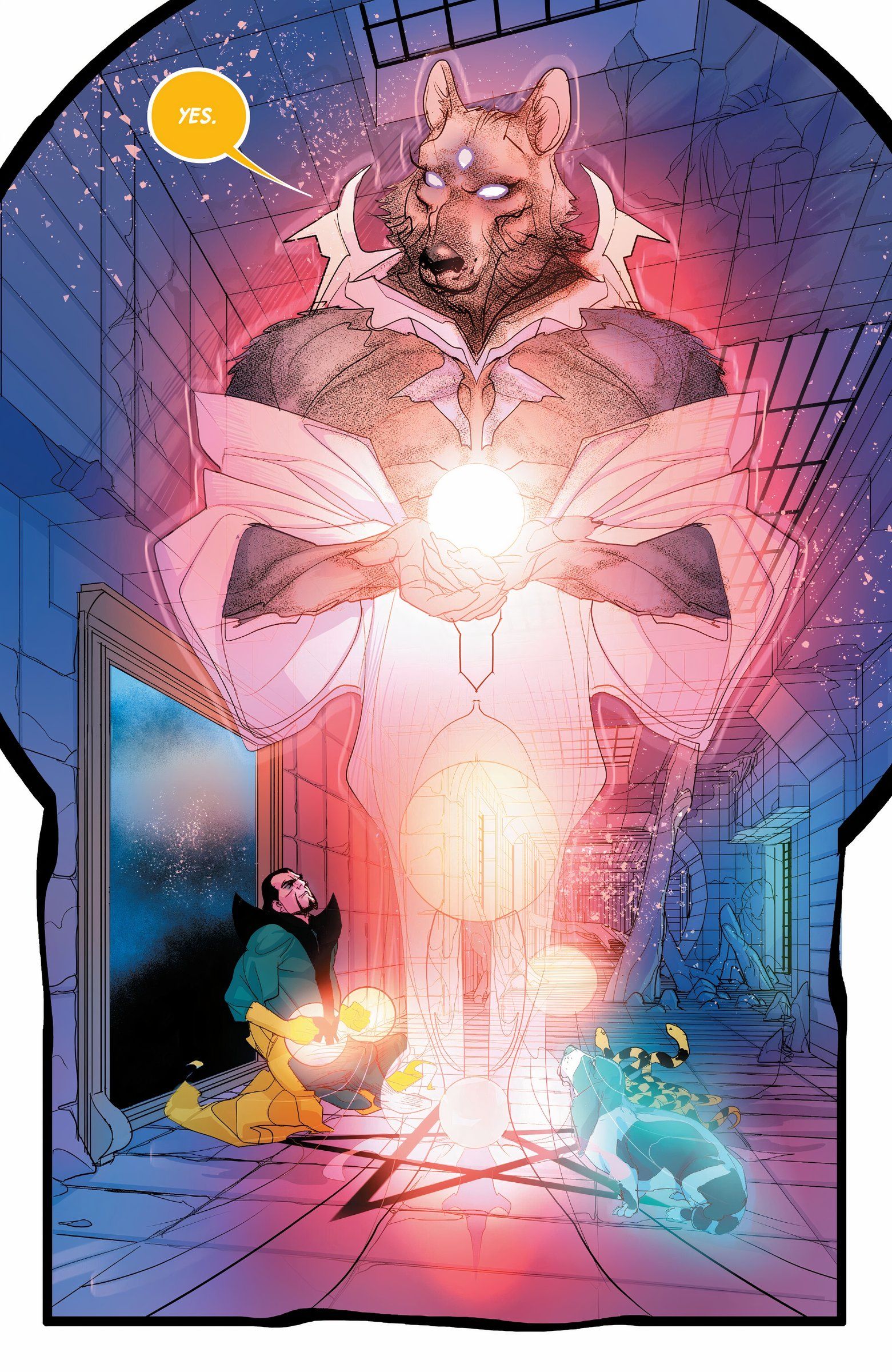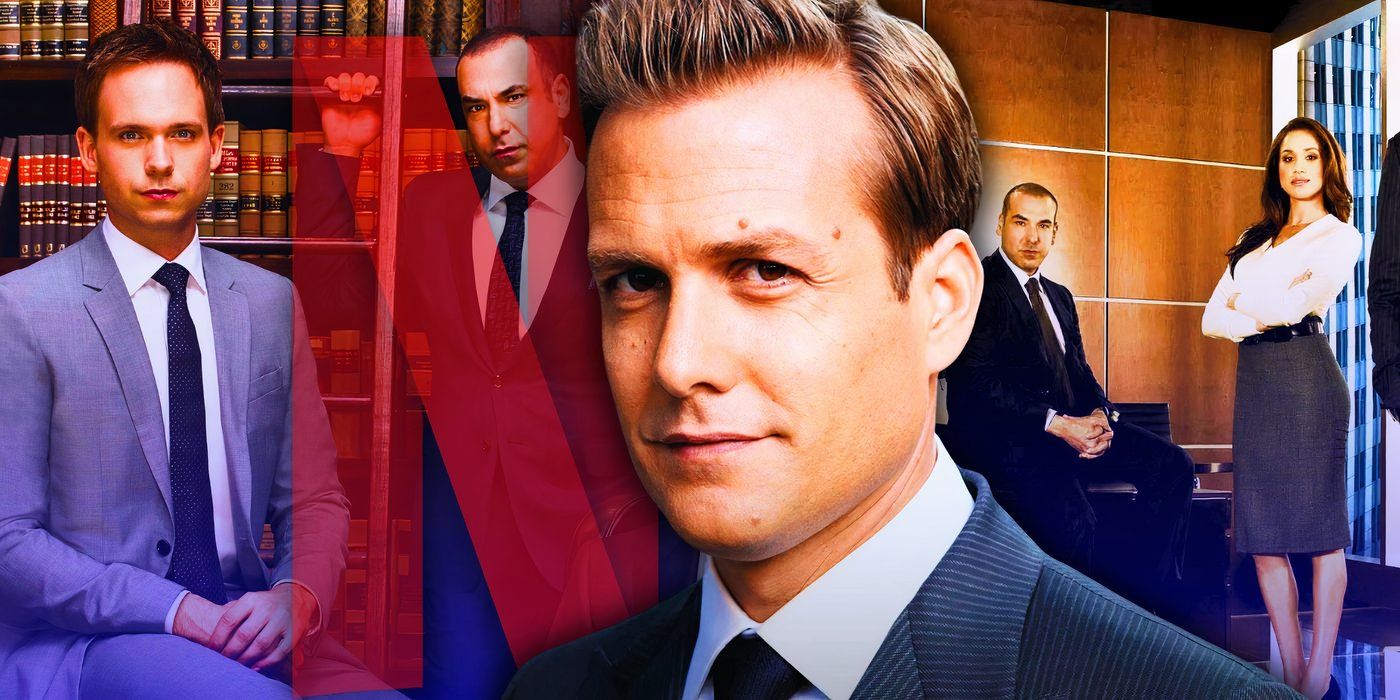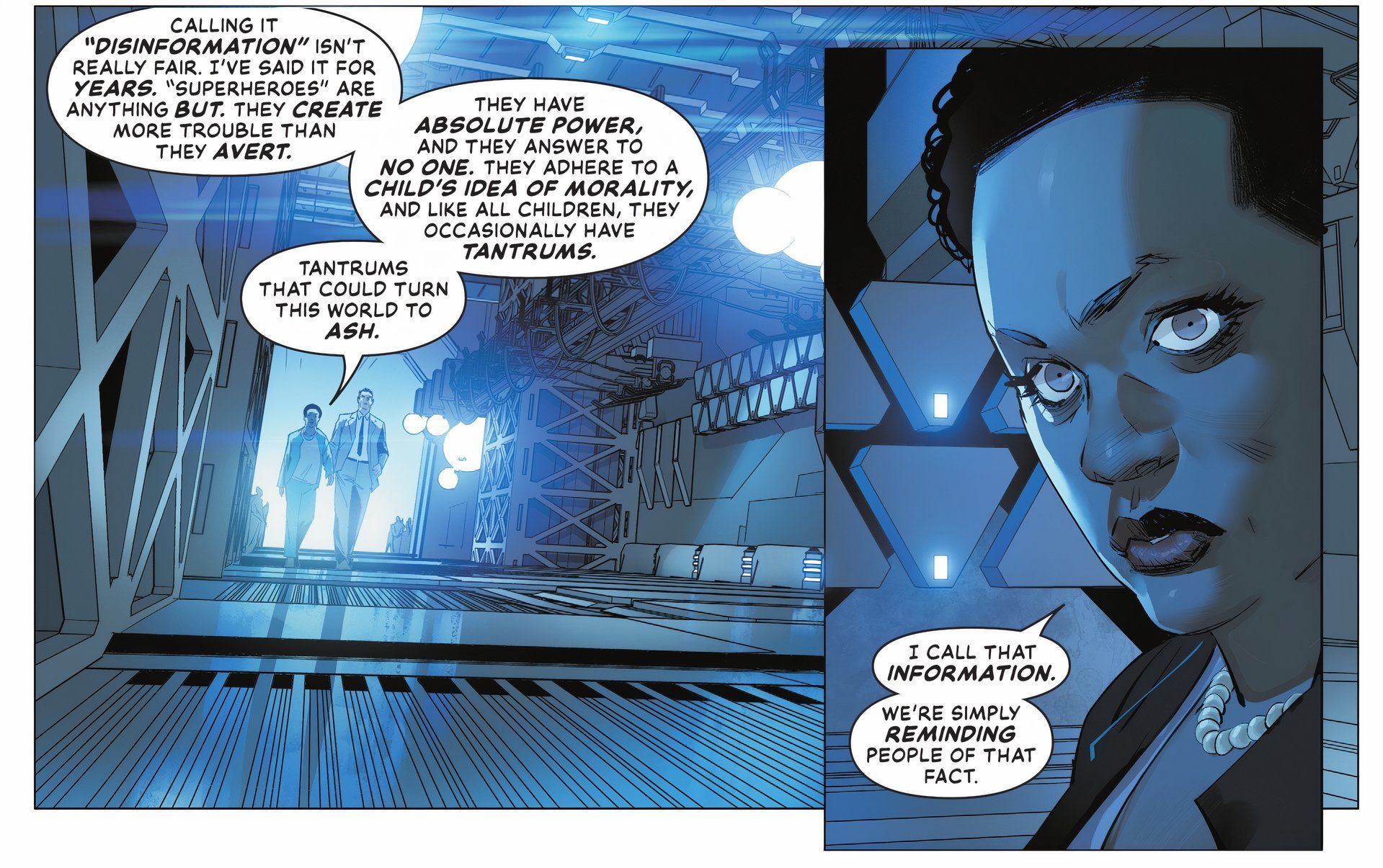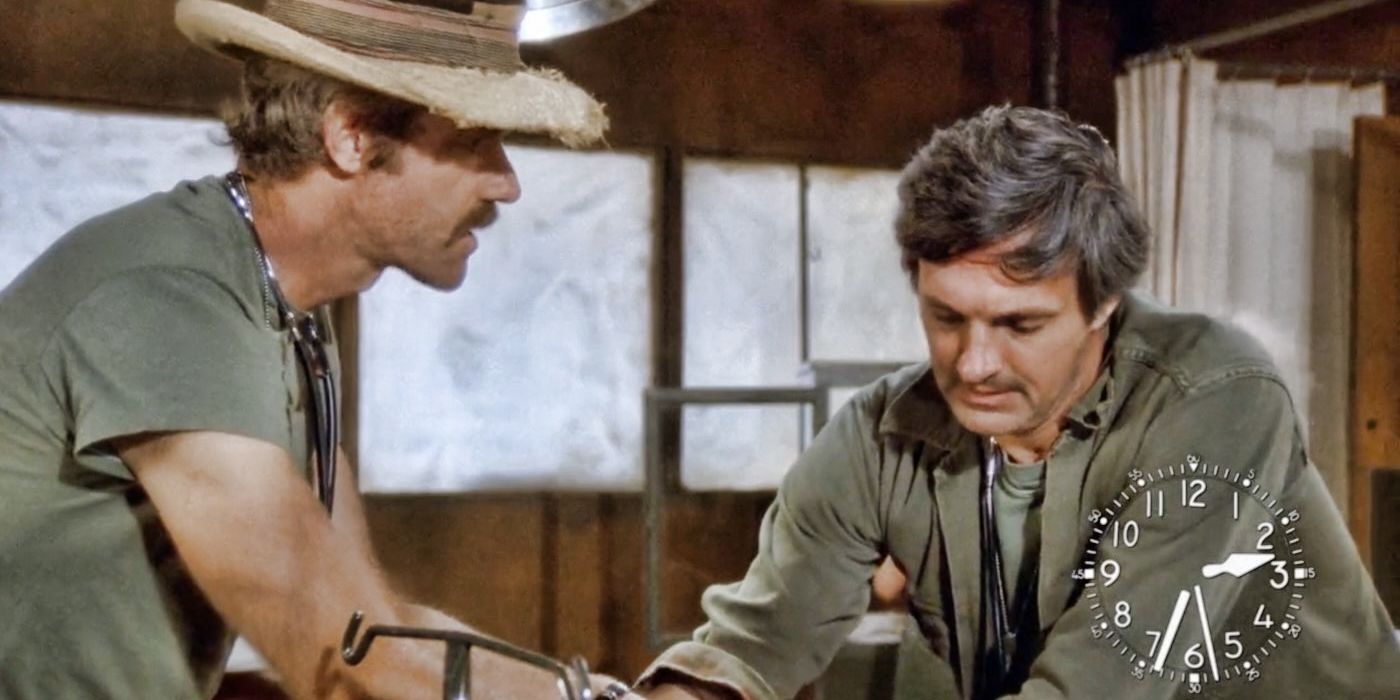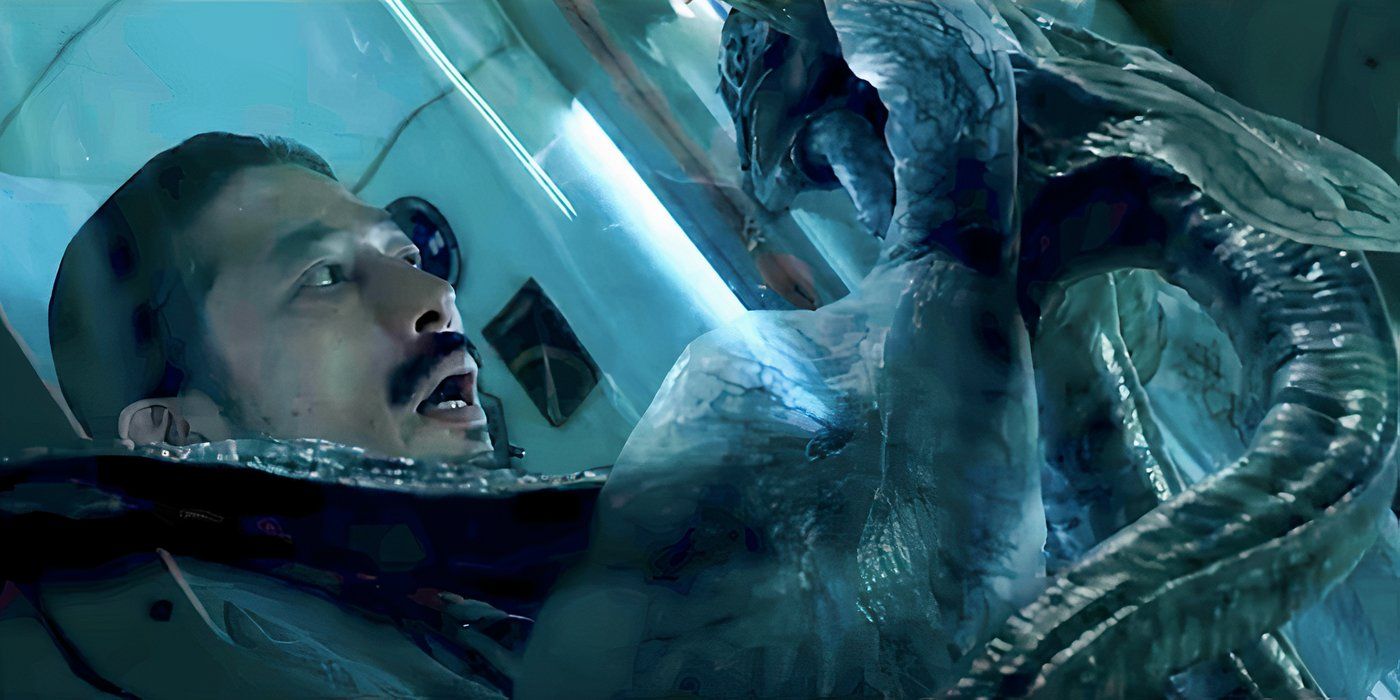There have been attempts to adapt Crisis on Infinite Earths, a comics event that spans the multiverse and includes DC’s repertoire of superheroes (and villains), but none have come as close to getting it right as Justice League: Crisis on Infinite Earths – Part One has. The animated film, the first installment in a three-part series, is the beginning of the end for the Tomorroverse, which began in 2020 with Superman: Man of Tomorrow. And while The CW’s Arrowverse brought Crisis to life in its own way, the animated version takes things to the next level in an adaptation that is at once sorrowful and thrilling.
Directed by Jeff Wamester, Justice League: Crisis on Infinite Earths has its work cut out for it, but screenwriter James Krieg brings together what seem like disparate story threads to make an achingly beautiful and exciting film. Anyone familiar with the original crossover event knows the trajectory of the plot, but the animation offers a refreshing take on an old story. And while it’s filled with an abundance of superheroes, including Superman, Batman (Jensen Ackles), and Green Lantern, the decision to focus primarily on Barry Allen/The Flash (Matt Bomer) as he travels through time and parallel earths keeps things interesting without threatening to overwhelm the story with too many characters.
Crisis On Infinite Earths – Part One Gets To The Heart Of The Matter
At the heart of the DC animation is the love story between Barry and Iris West (Ashleigh LaThrop). Crisis on Infinite Earths walks us through their meet-cute, their wedding, and the end of their lives together while tethering them to the multiversal threat at hand. Their relationship provides the film its emotional throughline, helping to raise the already high stakes. Their moments are heightened by The Flash’s time and universe-jumping, and I felt the gravitas at every turn, as though each minute they had together was a treasure worth holding onto, especially in the wake of the multiverse’s destruction.
We’re given glimpses into other romances, friendships, and familial bonds, like that of Robin, Batman and Helena Wayne, but Barry and Iris are the core of an unexpectedly tender and heartbreaking journey. By the end of the film you’ll feel as though Barry was truly losing something special, and his connection with Iris is central to bringing warmth and strength to what can seem like a hopeless cause. Love, loss and the importance of close relationships is what grounds the animation and elevates it from being a one-dimensional world-ending event, and makes it feel like the fight to save the multiverse is also personal.
The Story Is A Refreshing Take That Captures The Spirit Of Its Source Material
Justice League: Crisis on Infinite Earths is not telling an original story, but it adapts its source material faithfully, leaving room for a few new subplots and moments that breathe fresh air into the film. The DC animation captured the spirit of the crossover event that shook things up without forgoing any of the crucial narrative aspects. Not many adaptations can do that, but the film finds new ways to be exciting and intriguing, despite the fact that, for anyone who’s read the comics or even seen the Arrowverse version of Crisis on Infinite Earths, the story’s trajectory remains more or less the same.
From the Justice League fighting Amazo (Nolan North), an AI hijacked by Lex Luthor (Zachary Quinto), to The Flash dealing with the Crime Syndicate, the film is the gold standard for balancing the multiverse and its many differences along with character dynamics. To that end, the use of the Monitor — a cosmic being — and Pariah, a mysterious figure who appears to The Flash throughout, is compelling. Their roles are elusive enough to leave the ending on a cliffhanger as we anticipate the next chapter of what will surely be an enthralling second installment, with the film laying the groundwork for what’s to come at the same time as it ramps up the tension and despair.
